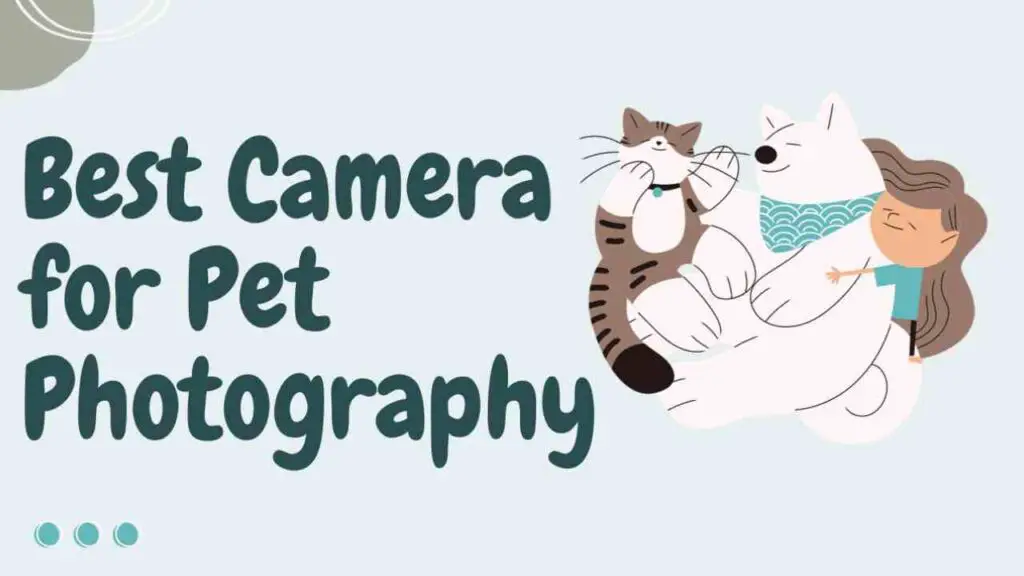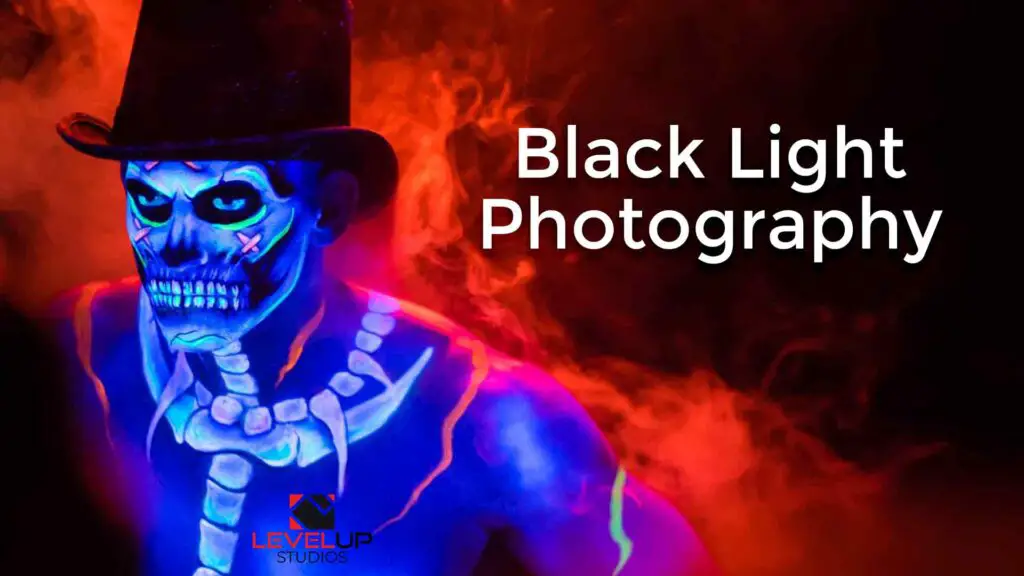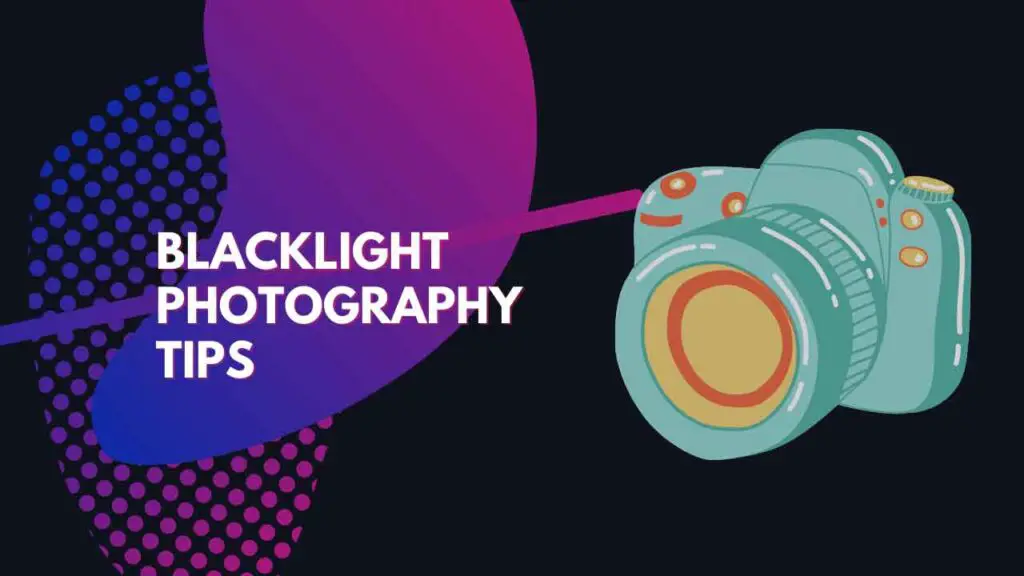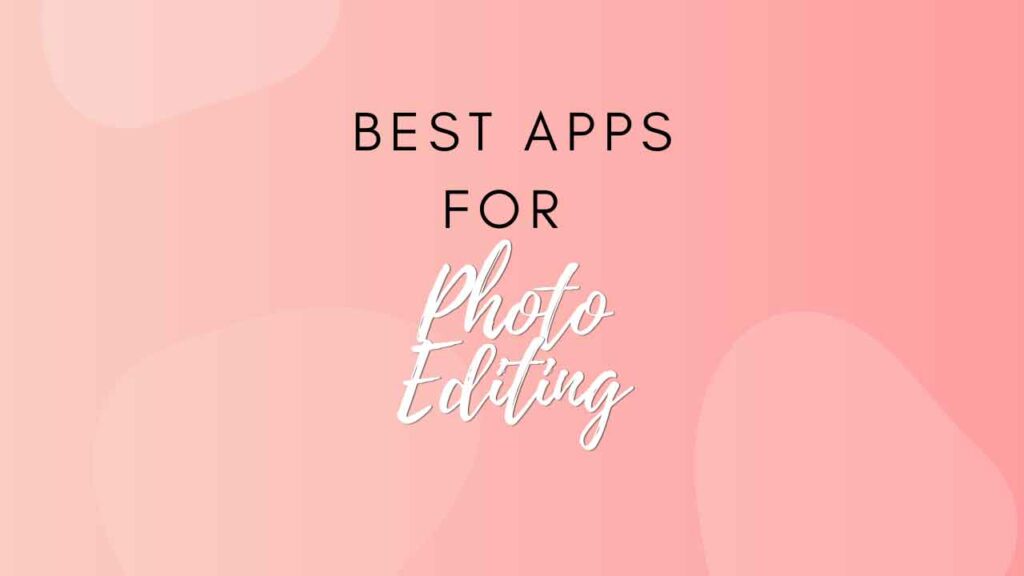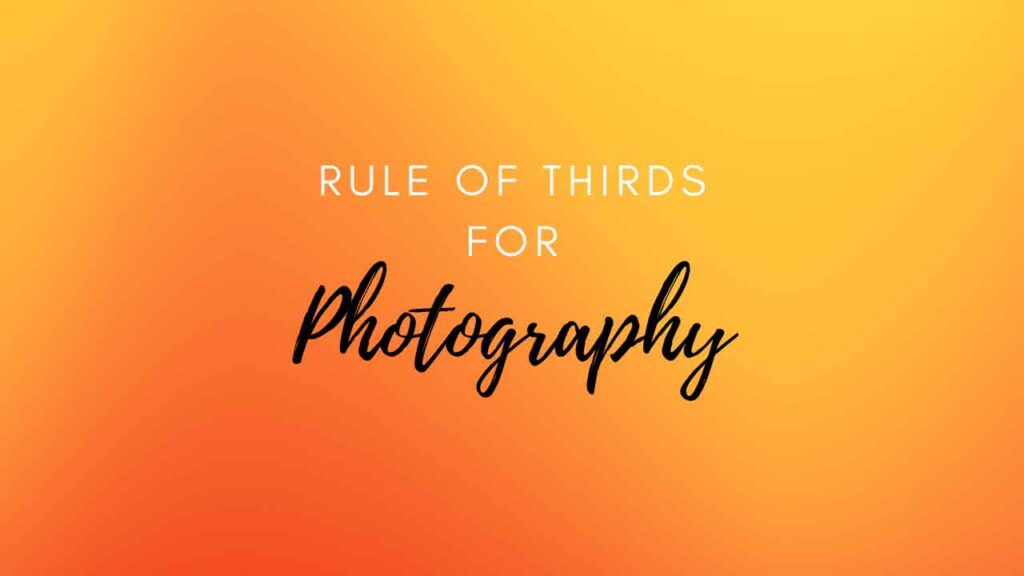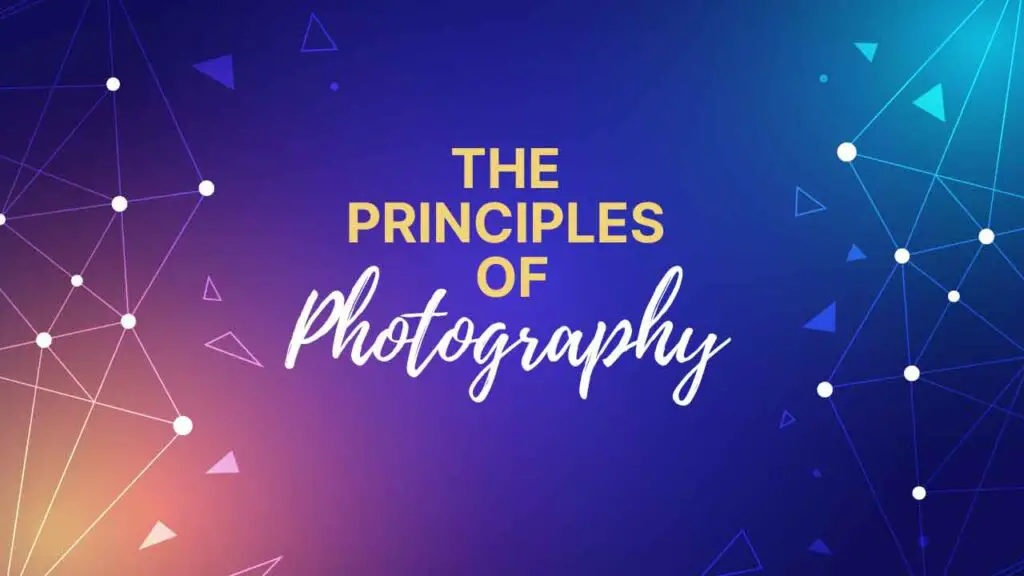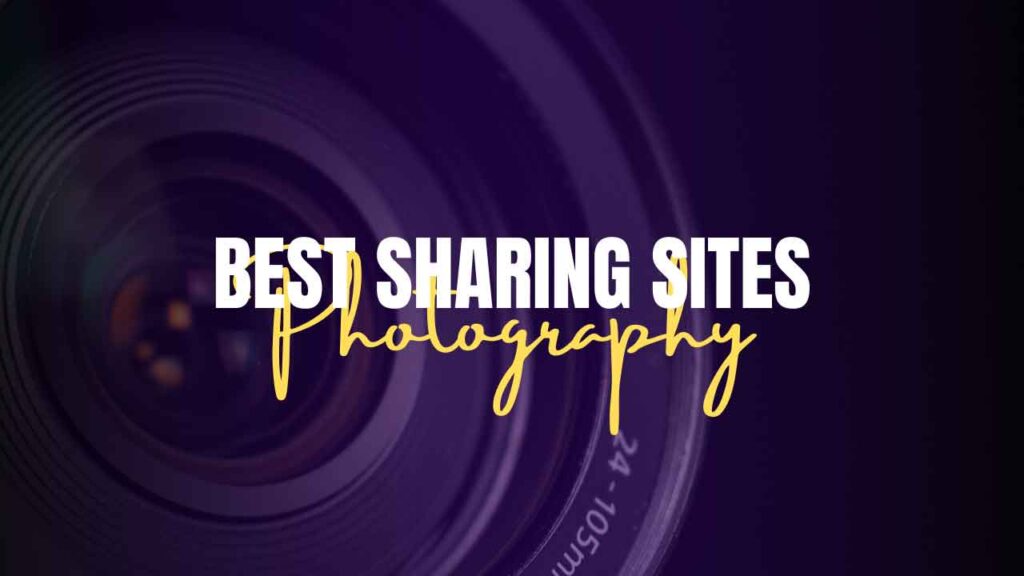THIS ARTICLE MAY CONTAIN AFFILIATE MARKETING LINKS! IN CASE YOU MAKE A PURCHASE THROUGH ONE OF THE LINKS, WE'LL GET A SMALL COMMISSION. WITH NO EXTRA CHARGES TO YOU. THANKS!!
Imagine a world where every fleeting moment of your pet’s life –their candid smiles, heartwarming antics, or simply a day in their life– can be captured perfectly in a frame. Welcome to the universe of pet photography, where every day is an opportunity to immortalize the adoration we share with our friends in paws and feathers. Driven by our passion, we dive deep into the arts and technique of photographing pets and feature only the best cameras suited for this purpose, enriched by the wisdom of seasoned professionals. To become a competent pet photographer, there are certain camera features to look out, reviews and comparisons, and much more. Let’s explore Best Camera for Pet Photography.
Best Camera for Pet Photography
Understanding Pet Photography
Pet photography is a rapidly growing genre in the field of photography, gaining popularity due to the special bond between individuals and their pets. With the rise of social media platforms, particularly Instagram, more and more people now wish to share high-quality images of their pets in unique, creative, and adorable stances. Capturing such pictures often requires a different approach compared to traditional portrait or landscape photography.
Photographing pets needs a lot of patience as they tend not to follow directions like a human model would. Moreover, their fast movements and animated expressions, running playfully, wagging their tails or suddenly becoming still and looking deep in thought, all these require a camera that can handle speed specifications.
What to Look for in a Pet Photography Camera
When it comes to choosing a camera for pet photography, certain functions and capabilities should be kept in mind. First, it’s advantageous to have a camera with a fast continuous shooting or burst mode. High-speed burst modes allow you to take several pictures in quick succession which increases the chance of you getting that one perfect shot of your pet in action or exhibiting an adorable or hilarious expression.
Another important aspect to consider is autofocus speed and tracking. Pets don’t stay still for long and your focus needs to adjust quickly to their movements. Cameras that contain a high number of autofocus points or employ AI technology to track movement can greatly aid in maintaining sharp focus.
Camera Sensitivity For Pet Photography
Next, consider a camera with high ISO capabilities. Just like human subjects, pets have a life beyond the daylight hours. A camera with a high ISO can help capture those late-night or indoor antics where lighting isn’t as ideal, without using a distracting flash. High ISO capabilities will allow for a faster shutter speed to be used in lower light situations and still provide an excellent image quality.
However, it is important to note that as the ISO increases, so does digital noise. High-end cameras can handle this digital noise better than lower-end models.
Versatility: DSLRs and Mirrorless Cameras For Pet Photography
DSLRs and mirrorless cameras are popular choices due to their versatile nature. Interchangeable lenses offer a variety of focal lengths, which can be useful when shooting pets in different situations. A telephoto lens can help capture action from a distance, while a wide-angle lens can create fun and interesting perspectives.
Options for Best Cameras for Pet Photography
An excellent option is the Nikon D500, a DX-format DSLR, which is known for its impressive autofocus system and fast burst rate. For mirrorless cameras, the Sony a6400 is popular due to its superior autofocus system which works well for fast-moving subjects.
Pet photography is an art that goes beyond the specification of your camera. Indeed, the real magic resides in the photographer’s ability to capture their furry friends’ candid moments, the spontaneous frolics, and unique personalities. Having a high-end camera is useful, but it isn’t everything – your skills and timing play an equally important, if not more significant role, in capturing that perfect picture.
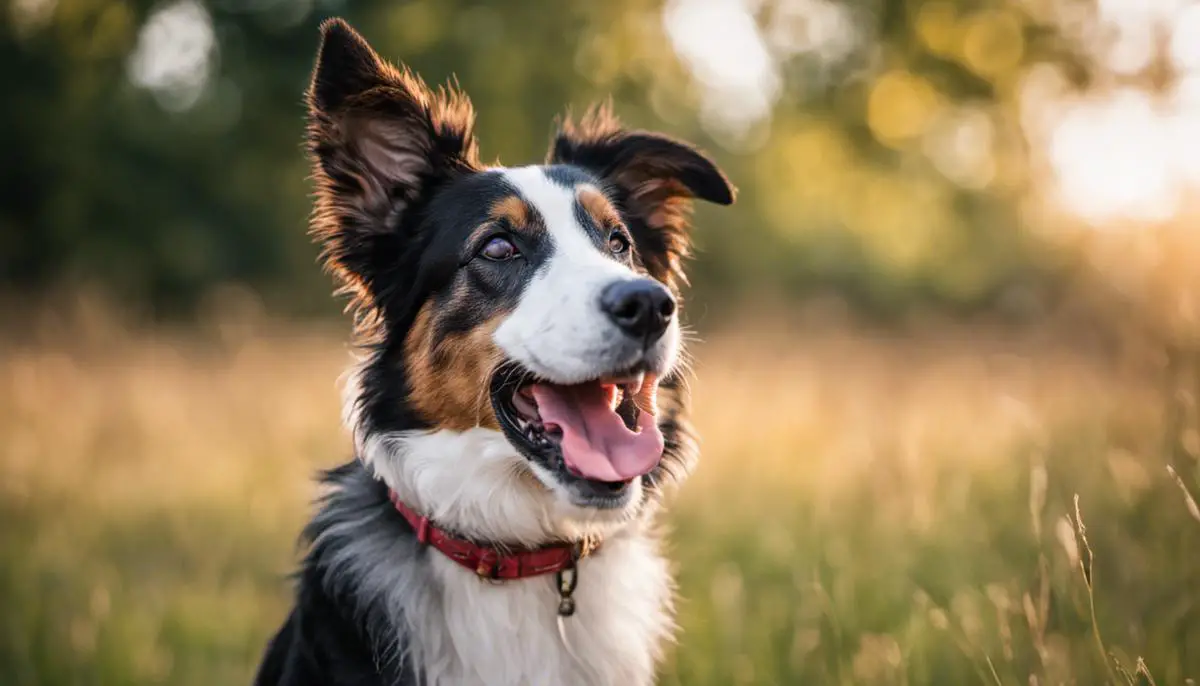
Crucial Camera Features for Pet Photography
Beyond the Camera: Importance of Shutter Speed
When it comes to capturing your pet’s best moments, the camera’s shutter speed plays a pivotal role. This function dictates how quickly the shutter opens and closes, and a higher speed is necessary if you want to freeze those adorable, fast-moving moments without any motion blur. Especially for spirited and playful pets like dogs, a high shutter speed will enable you to capture sharp, crisp images, highlighting their expressions of mischief, euphoria, or surprise. A shutter speed of 1/1000 of a second or faster is generally recommended for most pet photography situations, giving you the flexibility you need to seize every memorable instant.
Continuous Shooting Mode
Also known as burst mode, this feature allows you to take several images per second. It is useful for pet photography because animals often move quicker than people, and their unpredictable nature makes it hard to know exactly when they will do something photogenic. By keeping your finger down on the shutter button while in continuous shooting mode, you give yourself multiple images to choose from, increasing the chance of capturing that perfect shot.
Autofocus
Autofocus is another critical feature for pet photography. It allows you to maintain sharp focus on your pet, especially when they are in motion. A camera with a fast autofocus system can keep up with quick movements, ensuring the subject is continually in focus. Additionally, look for a camera that offers multiple focus points. This enables the camera to target different parts of the scene and maintain focus on your pet even if there are other distractions in the frame.
Lens Type
Choosing the right type of lens is equally important in pet photography. Wide-angle lenses are excellent for capturing your pet in their environment, giving a sense of context. A telephoto lens, on the other hand, can be useful for taking close-up shots from a distance, which is especially beneficial when you don’t want to disturb your pet. Additionally, a lens with a wide aperture (low f-number) can help create a shallow depth of field, blurring the background and making your pet stand out.
Understanding Camera Sensor Sizes
When considering the best camera for pet photography, the sensor size of the camera plays a critical role in determining the quality of the pictures. A larger sensor has the ability to capture more light, which results in superior image quality, particularly in poor lighting conditions. Moreover, a larger sensor size can help achieve a narrower depth of field, giving your pet photo a beautifully blurred background for that professional touch. Cameras with full-frame sensors garner the top spot for having the largest sensors, followed by cameras with APS-C and Micro Four Thirds sensors. Although full-frame cameras often provide top-notch image quality, they can be quite pricey. For those working with a limited budget, cameras with APS-C or Micro Four Thirds sensors can offer a more affordable alternative without compromising too much on the quality of your pet photos.
- Photography or Graphic Design
- Some Most used Techniques in Photography
- What is Value in Photography?
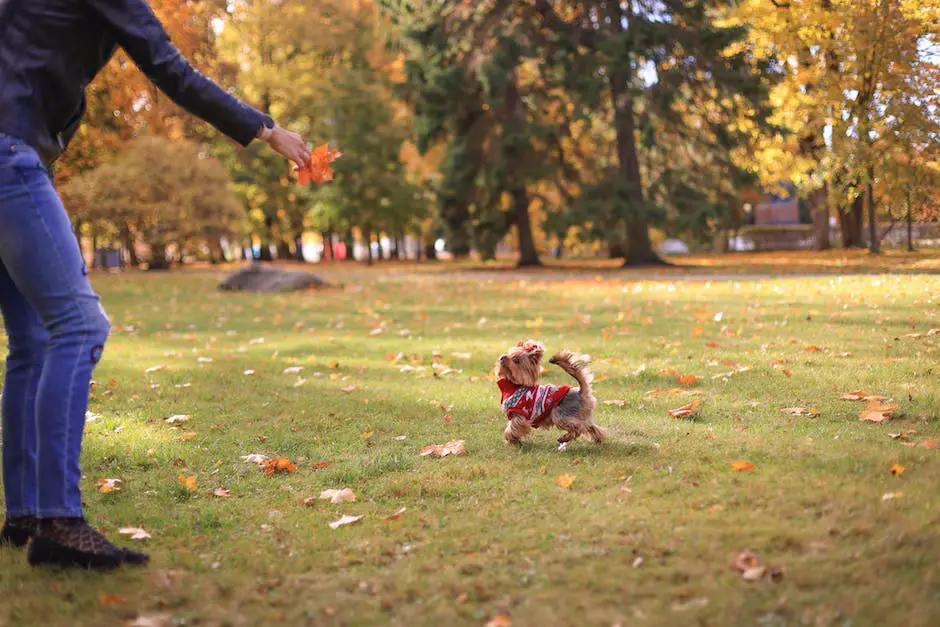
Reviews and Comparisons of Popular Cameras for Pet Photography
The Canon EOS 5D Mark IV: A Premium Choice for Professionals
Among the top-notch cameras for pet photography, the Canon EOS 5D Mark IV stands out. Equipped with a 30.4-megapixel full-frame CMOS sensor, and the ability to shoot at a rapid 7.0 frames per second (fps), this camera is designed to snag every tiny detail from your pet’s movements. Adding to its allure is the exceptional autofocus feature that ensures you never miss out on those sudden jumps or swift motions. The camera comes with a noteworthy ISO range (100-32000), making it simple to click vivid, detailed pictures even under dim lighting. However, as a premium option, it carries a substantial price tag that may not suit everyone, especially those pursuing photography as a hobby.
Nikon D850: Best Value for Money
Offering top-shelf image quality at a relatively lower price, Nikon D850 is considered the best value for money. This professional-grade DSLR has a 45.7 megapixel full-frame BSI CMOS sensor and can shoot up to 7 fps, almost identical to the EOS 5D Mark IV. The D850 ensures sharp, high-resolution images thanks to its outstanding autofocus system and is capable of filming in 4K UHD. With an extended battery life and rugged build, it is built for outdoor pet photography sessions. Despite its pro-level features, the D850 is user-friendly, making it suitable for both beginners and experienced photographers.
Sony Alpha a7 III: Excellent for Low-Light Shoots
If you anticipate shooting in less than optimal lighting conditions, Sony Alpha a7 III could be your ideal pick. It features a 24.2MP BSI full-frame image sensor and a wide ISO range (100-51200), ensuring well-lit photos even in dark environments. The camera’s high-speed continuous shooting – up to 10 fps – is excellent for capturing fast pet movements, and its robust autofocus system guarantees sharp images. Being mirrorless, the a7 III is lighter and more compact than many DSLRs, making it easier to maneuver while shooting energetic pets.
Fujifilm X-T4: Ideal for Action Shots
If you’re looking to capture action-packed moments of your pets, Fujifilm X-T4 is hard to beat. This mirrorless camera with a 26.1MP X-Trans CMOS 4 sensor can fire off an impressive 15 fps burst for capturing every action in crisp details. It also boasts of in-body image stabilization (IBIS), reducing the chance of blurry images from camera shakes. While it has a lower resolution compared to the previous models, it’s a great choice for those who prefer extra speed over resolution.
The Nikon D7500: An Economical Choice for Pet Photography
If you seek affordability without compromising quality, the Nikon D7500 is an excellent camera for pet photography. Despite its headline-grabbing economical price, it is packed full of features to ensure the perfect shot. With a 20.9MP DX-Format CMOS sensor, it can shoot up to 8 frames per second, perfect for capturing every playful pet moment. It also boasts a broad ISO range (100-51200) and a capable autofocus system, allowing it to capture both stationary and fast-moving pets with precision. Its ergonomics, comfort in hand, and user-friendly controls make the D7500 an ideal choice for amateur photographers.
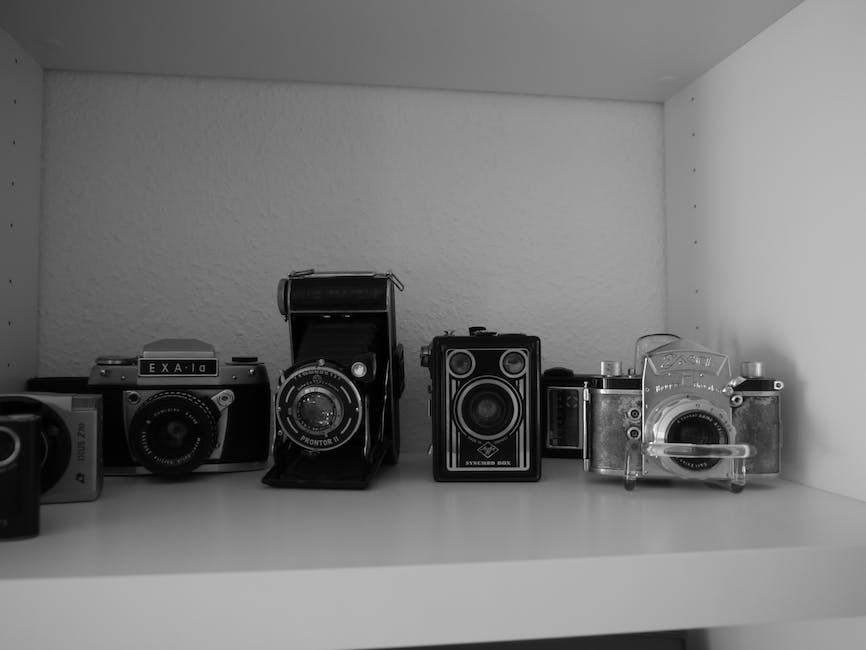
Extras: Lighting, Angles and Post-Production
Pivotal Role of Lighting in Pet Photography
Effective lighting manipulation is a vital skill in any branch of photography; however, it is perhaps most crucial when shooting our furry friends. Depending on the current light exposure of your pet, you may need to modify your camera’s settings or implement additional lighting tools for enhanced results. While indoor photography often requires additional lighting options like fill lights or flash diffusers to balance the light and neutralize harsh shadows, outdoor photography presents its unique set of challenges.
On overcast days, achieving evenly diffused light for outdoor pet photography can be simpler. However, if you find yourself shooting on a bright sunny day with deep shadowy areas and intense highlights, opting for a camera with high dynamic range capabilities, like the Nikon D7500, would be ideal.
Angles and Poses: Connecting with your Pet
Pet photography can be both challenging and exciting, given the unpredictable nature of animals. One of the best ways to capture your pet’s personality is to explore a variety of angles and perspectives. Pocket or handheld cameras would be a great option here, given their flexibility and ease of handling.
Most pets are closer to the ground than humans; thus getting down to their eye level can result in more intimate and engaging pet portraits. Wide-angle shots can emphasize their facial expressions and capture the context. While telephoto lenses are excellent for intimate portraits and action shots without invading their personal space.
Post-production Magic: Enhancing Pet Photos
Even with the best camera and settings, some photographs could do with post-production improvement. Photo editing software such as Adobe Lightroom or Photoshop can be used for subtle enhancements like adjusting lighting and correcting color. These software applications are versatile and offer a range of features to enhance your pet photographs.
For more straightforward edits, mobile applications like Snapseed and VSCO are user-friendly and offer decent editing options. They enable you to instantly brighten dark images, add filters, and sharpen soft photos right on your phone.
Enhancing Your Pet Photography With the Right Accessories
A camera body and lenses aren’t the only important tools for pet photography – upgrading with certain accessories can significantly enhance your experience. A sturdy tripod, for example, is ideal for achieving steady shots in low-light scenarios or when utilizing zoom lenses.
If you’re planning on printing your photographs, monitor calibrators such as the SpyderX Pro from Datacolor are a must. These tools ensure the printed result matches exactly what you see on your screen. In addition, reflectors and diffusers can help you better manage challenging light conditions.
Ultimately, the best camera for pet photography is one that you’re comfortable with, and that enables you to adapt easily in various situations. A selection of well-considered accessories and software can greatly assist in producing eye-catching pet images.
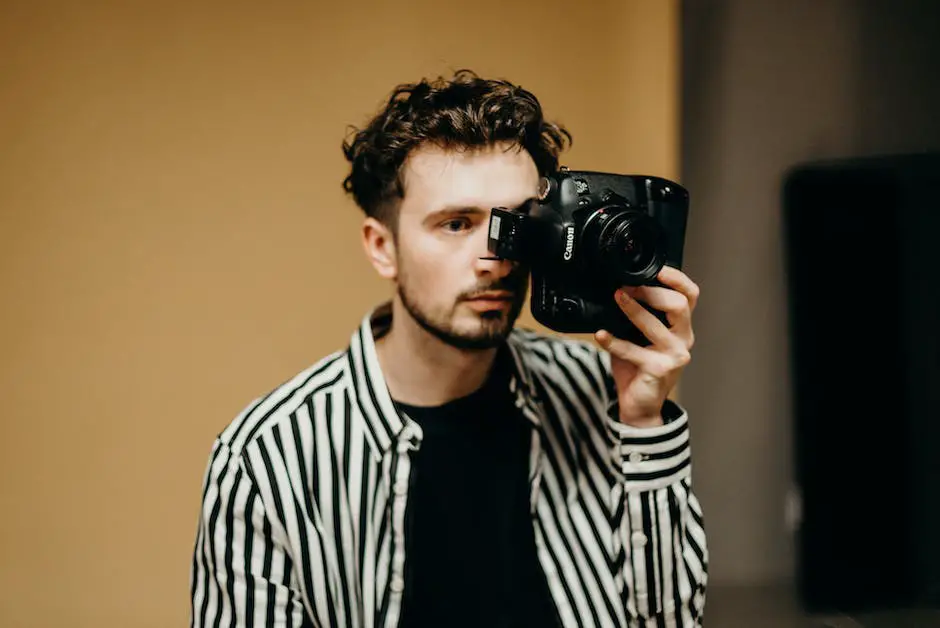
Tips From Professional Pet Photographers
Getting to Know Your Furry Subject
As many professional pet photographers will tell you, understanding a pet’s behavior is crucial before attempting to capture them in photos. The more familiar you are with a pet’s routine and quirks, the better the chances of securing exceptional shots. For example, for a dog that loves chasing its tail, timing your photographs during these energetic occasions can result in lively, captivating images.
Invest in a High-Quality DSLR or Mirrorless Camera
Professionals often agree that top-tier DSLR or mirrorless cameras are best for pet photography. Cameras such as the Canon EOS 5D Mark IV, Nikon D850, or Sony A7R III are all solid choices for DSLR cameras. For mirrorless cameras, options include the Sony A9, Canon EOS R, or Nikon Z7. These cameras offer the high shutter speeds, reliable autofocus, and exceptional image quality necessary for capturing fast-moving pets in all their glory.
Importance of the Right Lens
A high-quality camera body is half the battle; the lens you use is also crucial in pet photography. An excellent choice is a telephoto lens, such as the Canon EF 70-200mm f/2.8L IS III USM. It allows you to capture pets from a distance, which can help if they’re nervous or easily distracted. Alternatively, a prime lens, like the Nikon AF-S DX NIKKOR 35mm f/1.8G, can work to create beautiful portrait images of your pet.
Setting the Right Shutter Speed
When photographing pets, particularly those that love to move around, a fast shutter speed is a must. A faster shutter speed will freeze the action, providing a sharp image of your pet. Generally, a speed of at least 1/500th of a second is recommended.
Using the Burst Mode
Burst mode, which takes several photos in quick succession, is another helpful feature for pet photography. This is particularly useful when a pet is in motion as it increases the chance of capturing a clear, perfectly timed shot.
Understanding Light and Exposure
Lighting plays an essential role in photography. Indoor lighting may require higher ISO settings or the immediate use of flash. In contrast, outdoor shots generally need lower ISO settings, especially in well-lit areas. Understanding how to balance ISO, shutter speed, and aperture in different lighting conditions is crucial to achieving well-exposed photos.
Being Patient and Flexible
Lastly, being patient and flexible is vital when photographing pets. Pets may not always cooperate with your plans, so be prepared to adapt and try different strategies. For example, toys or treats can be an excellent way to attract a pet’s attention and get them looking at the camera.

Arming yourself with the right knowledge, camera accessories, and an unending willingness to practice, you would open doors to memorable moments with your pets that would last a lifetime. Beyond just understanding high shutter speeds, lens types, or sensor sizes, you become an illuminator of moments, bringing to light the personalities of these lovable creatures. In the end, success in pet photography isn’t just about the camera – it’s also about patience, connection, and the artful interplay of techniques in lighting, angles, and post-production. Stand alongside the professionals, capture the beauty of your pets in ways only your heart can truly appreciate, and let the journey of a thousand paws, starts with a single ‘click.’
